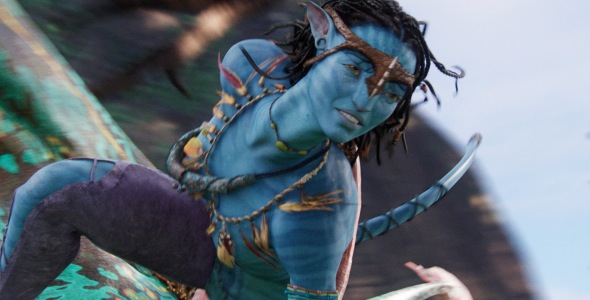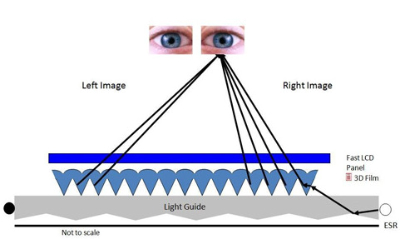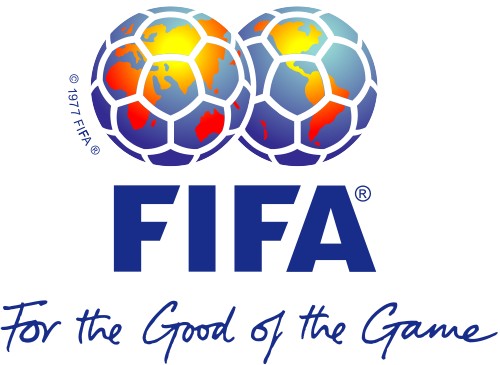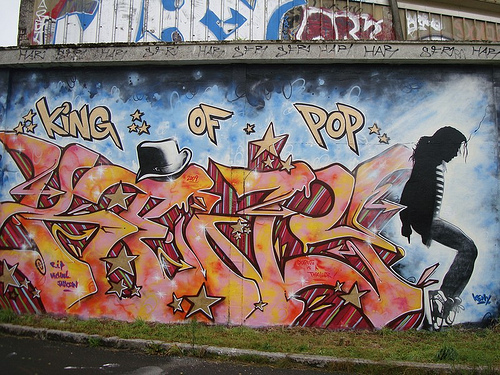TVB’s 3DTV Timeline
Despite the economic difficulties of 2009, the year marked a turning point in the adoption of 3D a viable entertainment format. TVB presents a timeline of 3D video developments over the last year, from content to workflow initiatives to display technologies:
December 4, 2008:The San Diego Chargers and the Oakland Raiders appeared in a 3D simulcast displayed at theaters in Boston, Hollywood, and New York.
January 8, 2009: A 3D version of the Gators-Sooners match-up was simulcast in Las Vegas at the Consumer Electronics Show.
February 14, 2009: The NBA’s All-Star Game was simulcast in 3D.
February 24, 2009: Toshiba announces the development of OLED Wallpaper TV, with a 3D version utilizing circularly polarized light in the works.
March 2, 2009: Avid Technology announced it was developing native support for the Sony XDCAM format, as well as adding 3D capabilities to its various editing software packages, Composer and Symphony.
March 9, 2009: BSkyB continued plowing toward 3DTV, with a goal to offer it by the end of the year.
April 6, 2009: BSkyB successfully transmitted live 3DTV across its HD infrastructure in the United Kingdom.
April 20, 2009: At the NAB show in Las Vegas, Panasonic announced work on a full 3D HD production system, encompassing everything from capture to Blu-Ray distribution. The Panasonic gear list comprised authoring, a twin-lens P2 camera recorder and drives, 3D Blu-Ray discs and players, and a 3D plasma display. Panasonic displayed its HD 3D Plasma Home Theater at the NAB convention.
July 30, 2009:BSkyB now plans to launch its 3D channel in 2010.
August 24, 2009: Panasonic joined James Cameron in a flack blitz for “Avatar,” with a multipoint media and sales campaign and a nationwide tour with customized 18-wheelers outfitted with 103-inch Panasonic Viera plasma HDTVs and Blu-ray disc players.
September 2, 2009: Sony announced that it planned to introduce a consumer-ready 3D TV set in 2010, as well as build 3D capability into many of its consumer electronics, encompassing music, movies and video games.
September 10, 2009: Mobile TV production specialist NEP is rolled out its first 3D truck.
September 11, 2009: BBC executives say some of the 2012 Olympics Games there could be carried in 3D.
September 12, 2009: ESPN transmits an invitation-only 3D version of the University of SoCal versus Ohio State game to theaters in Los Angeles, Columbus, Ohio; Hartford, Conn.; and Hurst, Texas.
September 14, 2009: IBC features several professional 3D technologies, including Nagravision’s 3D program guide and Viaccess 3D conditional access. The awards ceremony featured a 16-minute clip of James Cameron’s “Avatar.” Skeptics mentioned the headache factor, as well as the difficulty of doing graphics for 3D.
September 24, 2009: In-Stat finds that about 25 percent of those who are at least somewhat interested in having the ability to view 3D content at home, however, were unwilling to spend more money on a 3D TV.
October 1, 2009: Sony Broadcast bows a new single-lens 3D technology comprising a new optical system that captures left and right images simultaneously, with existing high frame-rate recording technology to realize 240 fps 3D filming.
October 8, 2009: 3M says it has developed 3D for mobile devices.The auto-stereoscopic 3D film targets cell phones, small video game consoles, and other portable digital devices and requires no glasses.
October 21, 2009: SMPTE’s fall conference focuses on 3D, withDolby Labs, Fox Network, DTS, and RealD lending input.
October 26, 2009: Televisa broadcast the first soccer match in 3D over the weekend to parts of Mexico.
November 11, 2009: Rich Greenfield, analyst with Pali Capital, deems 3D a gimmick, at least as far as the movie industry was concerned. The movie “Scrooge” in 3D fueled his skepticism.
November 23, 2009: Sony chief Sir Howard Stringer is counting on 3D to be the company’s next $10 billion business.
December 3, 2009: The International Federation of Football said it would broadcast 2010 World Cup soccer matches in 3D. FIFA said it has signed a media rights agreement with Sony, one of its official partners, to delivery 3D versions of up to 25 matches in the 2010 FIFA World Cup South Africa.
December 3, 2009: Neither Michael Jackson’s videos nor the next Spiderman movie would be among Sony’s upcoming 3D releases, the company’s top executive said.
December 14, 2009: Two events mark the advance of 3D. First was the debut of a live 3D broadcast on the massive display screen at the Dallas Cowboys stadium in Arlington, Texas. The second--the release of “Avatar,” James Cameron’s interplanetary 3D epic.
December 18, 2009: “Avatar” changes Greenfield’s doubts about 3D. “We are assuming ‘Avatar’ will reach opening weekend attendance levels of about 12 million, with 57.5 percent of attendance occurring on 3D screens yielding total opening weekend box office of over $100 million,” he said.
January 4, 2010: ESPN announces the intended launch of ESPN 3D in time for the June 11 FIFA World Cup Soccer games.
January 5, 2010: Sony, Discovery and IMAX make it official, announcing the intended launch of a 3D network in 2011. 3D technologies dominate previews of the annual Consumer Electronics Show in Las Vegas. DirecTV is expected to announce the 2010 launch of an HD 3D channel at the show.







The professional video industry's #1 source for news, trends and product and tech information. Sign up below.
